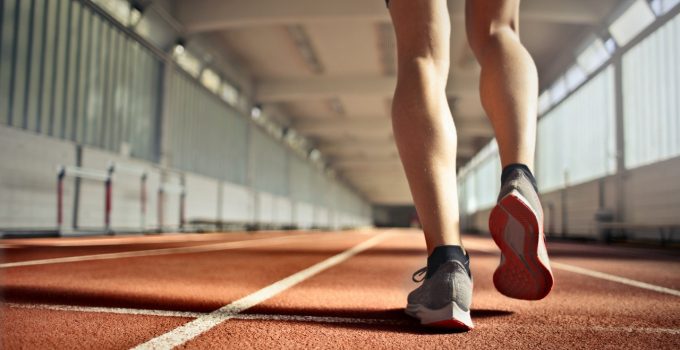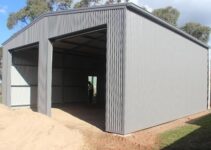“Peak performance” has admittedly become a bit of a catch-all term for being better in just about anything. Just in the athletic world alone, peak performance might mean anything from snagging a championship title to achieving one’s personal best, overcoming anxiety or becoming more self-confident—and everything in between.
Still, who hasn’t wanted to be better in a sport that they love, whether at the elite level or as an amateur enthusiast? It’s part of the human quest. Without this individual drive to reach one’s full potential, there would be no Babe Ruth, Joe Montana or Michael Jordan. There would be no greats. Period.
How Tools from Neuropsychology Can Improve Athletic Function
Today’s athletes also have more peak performance tools at their disposal than ever before. In this sense, there is virtually no limit to peak performance, thanks to cutting-edge brain technologies and advances in research into therapies that can optimize cognitive function. (Learn how mindfulness therapies and other CBT tools at FHE Health are helping people manage anxiety and other mental and emotional disorders.)
Many tools from the world of neuropsychology can help improve athletic performance. (One tool may be better than another, depending on the athlete’s specific goals. As illustration, consider this list. While not exhaustive, it offers a quick menu of the types of interventions that can take your athletic performance to the next level.
1. Cognitive-Behavioral Therapy (CBT)
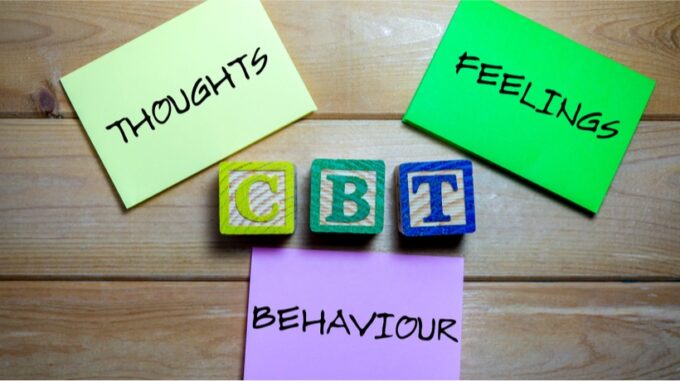
Source: elearningindustry.com
CBT is an evidence-based intervention for changing the negative thought and behavioral patterns that often underlie anxiety or mood disorders like depression. The simple foundation for CBT is the understanding that there is a link between thoughts, emotions and behaviors. For example, the negative thought “I’m going to blow this” can increase anxiety levels and compromise focus and performance.
On the other hand, replace that self-defeating thought with a more positive monologue or introduce a new, self-confident behavior? Anxiety decreases, and in turn its negative effects on performance.
Researchers have studied how CBT techniques—specifically, a simple intervention involving “positive self-talk”—might improve athletic performance. What they found (in a 2008 study) was that positive self-talk increased self-confidence, regulated effort and cognitive and emotional reactions and triggered automatic executions. And, when tennis players practiced positive self-talk in an earlier study, positive self-talk improved their attention, self-confidence and volleying performance.
2. Neuro Therapies
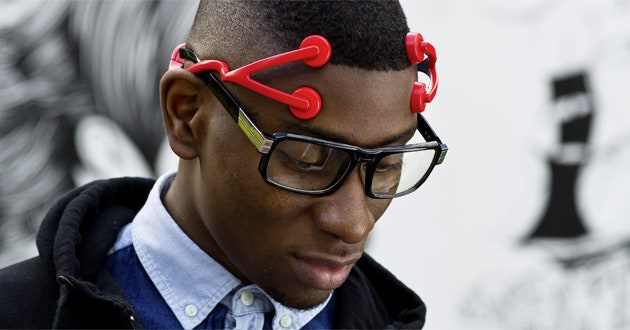
Source: wired.com
Neuro therapies, like neurostimulation and neurofeedback, can train the brain for optimum focus, function, and cognitive and emotional regulation. For example, a particular type of neurostimulation known as tDCS (“transcranial direct current stimulation”), which delivers a low current to the motor cortex region of the brain, has helped U.S. Olympic skiers improve their focus. When administered at other sites, such as the left dorsolateral prefrontal cortex (associated with cognitive function), tDCS has increased processing speeds.
Neurofeedback works a bit differently—by measuring brain wave activity using EEG sensors, and then positively reinforcing an intended outcome (such as better concentration). Over time, the brain renormalizes its brainwave patterns and teaches itself how to evolve.
Better concentration is one way in which neurofeedback can help athletes achieve peak performance. Other benefits can include:
- Improved performance
- Sustained focus when fatigued or in pain
- Faster execution
- Better accuracy
- Better relaxation
- Quicker mastery of new skills and techniques
3. Mindfulness Exercises

Source: ctvnews.ca
Mindfulness exercises have been effective at helping people manage anxiety and addiction cravings, by teaching them to be more actively attuned to the present moment. There are different mindfulness techniques. The main gist, though, is to become a non-judgmental observer of what is going on internally. Rather than allow what you are feeling to amplify your anxiety or distress, you watch what is happening as if from afar; you acknowledge it and then bring your attention back to your breath or a particular movement.
Mindfulness practices can be especially helpful for athletes who:
- get anxious and stuck in their head when competing
- have pre-race jitters that they want to calm
- find it hard to stay in the flow
- need more centering
- want to become more automatic and absorbed in their executions
- want to see more effortless connection between mind and body
When an athlete is in a state of flow, they are in “the Zone.” Here is how Kobe Bryant described it: “Things just slow down. You really do not try to focus on what’s going on because you can lose it in a second. You have to really try to stay in the present and not let anything break that rhythm.”
Tiger Woods reportedly put it another way, in an interview with The New York Times. “You ever go up to a tee and say, ‘Don’t hit it left, don’t hit it right?’ That’s your conscious mind. My body knows how to play golf. I’ve trained it to do that. It’s just a matter of keeping my conscious mind out of it.”
4. Visualization Techniques
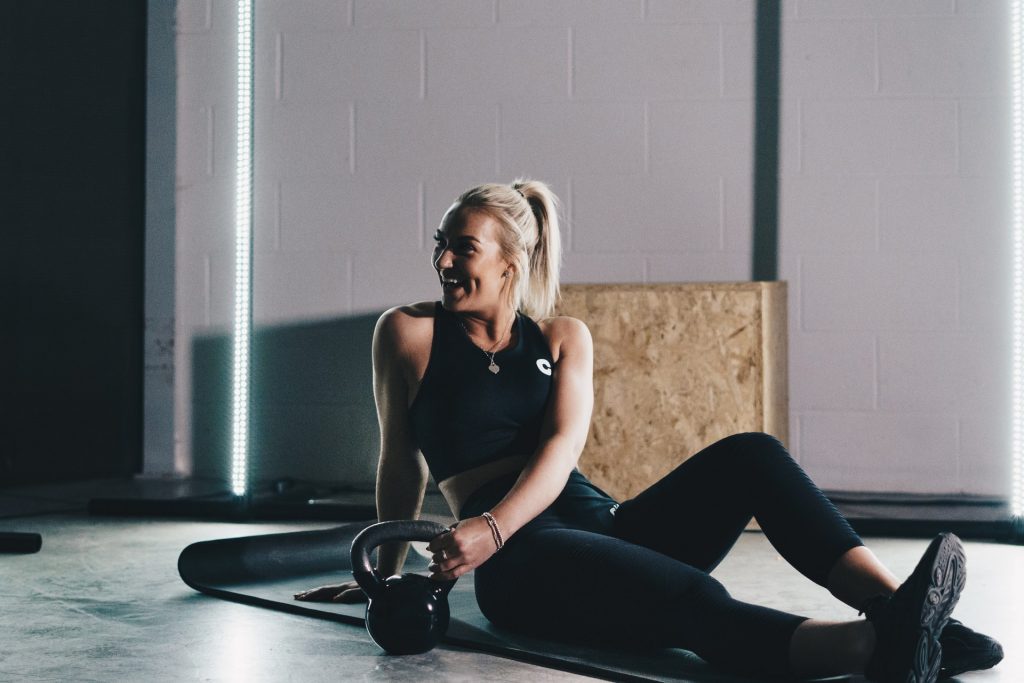
Source: unsplash.com
Visualization is a way of mentally rehearsing an intended outcome. One key here is repetition, daily. The more that the brain visualizes the same positive outcome (in a race, game or other competition) the more it becomes second nature. You are using the brain’s own powerful capacity to rewire itself as a means of programming your success.
Another key with visualization is being able to step into the action, mentally and emotionally. Sometimes a sports psychologist may have you imagine your intended outcome with all of your senses. For example, how does your body feel when you are winning that swim race? What are you hearing? Are the crowds in the stands cheering?
When the brain becomes habituated to success, the body can follow.
Cognitive-behavioral therapy. Neuro therapies. Mindfulness exercises. Visualization techniques. These are just several of the many tools now available from the world of psychology and neuroscience to help athletes take their performance to the next level. These tools can be an invitation to explore one’s full athletic potential using the latest technologies and insights from peak performance science. They are also an opportunity to marvel at the extraordinary ability of the human brain to reimagine a whole way of being better—and not just better but great.
This article was written by Ryan Walter, a professional trainer and fitness supervisor at the national behavioral health provider FHE Health.

